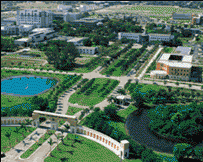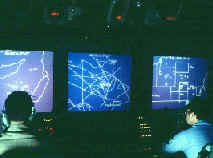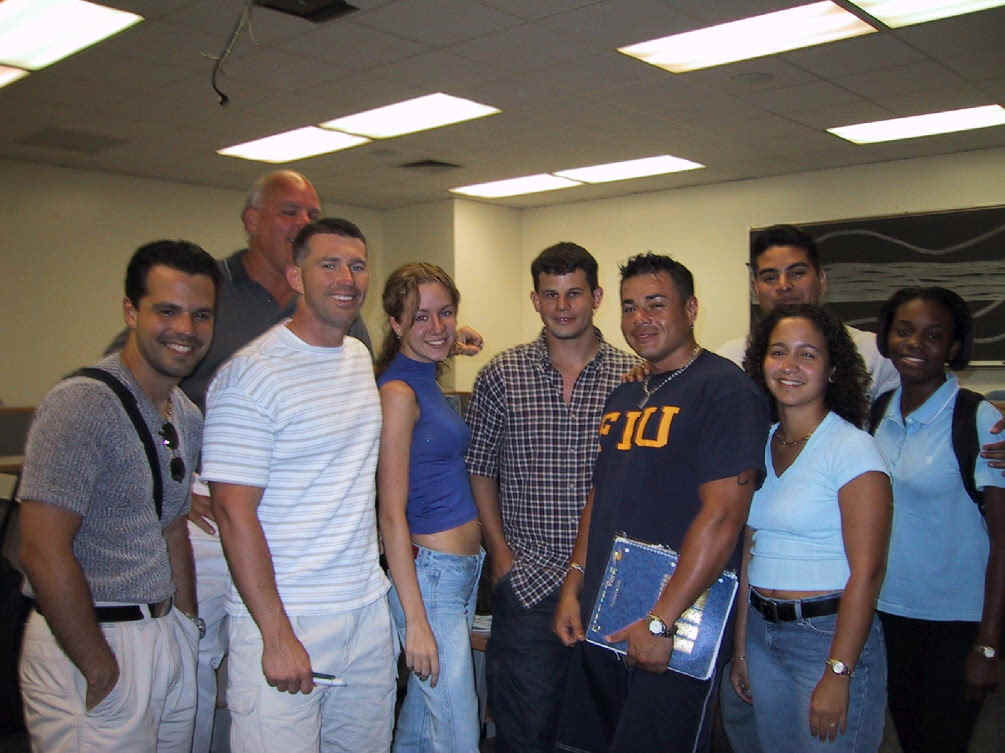|
Last edited:Thursday September 06, 2007 06:22:36 PM -0400 | Home | Communicating with me | CGS 3300 Syllabus| ISM 4220 Syllabus| ISM 4220 Class Schedule Fall 2002| 4220 Project 1|| ISM 4220 Class Schedule Spring 2003| ISM 4990 Syllabus| ISM 4990 Class Schedule Fall 2002 | ISM 4990 Class schedule Spring 2003 | ISM 4113 Syllabus | ISM 4113 Class schedule Spring 2003 | ISM 4054 Syllabus | ISM 4054 Class schedule Spring 2003 |
|
|||||||||||||||||||||||||||
|
ISM 4220 Syllabus |
|||||||||||||||||||||||||||
 |
Information Systems are
permeating advanced economies – like the United States – at
a rapid pace. Current levels of economic growth and business
performance would be unthinkable without IT. Like never before,
Information Systems encompass and integrate a variety of
technologies: hardware, software, networking, and
telecommunications. A clear example of this trend is b2b and b2c
e-commerce. New developments like wireless computing,
Application Service Providers, global supply chain management
promise even faster leaps of performance over the next decades. In this environment, it is indispensable to acquire up-to-date knowledge and insight into Information Systems and their role in organizations and industries. is dedicated to be your gateway. The course is committed to offering the best possible introduction to the management of Information Systems.
|
||||||||||||||||||||||||||
| Course PREREQUISITES | |||||||||||||||||||||||||||
|
Prerequisite: Must have already completed and received a passing grade of C or more one of the following: CGS 3300 or ACG 4401 or CIS 3300 |
|||||||||||||||||||||||||||
| Course setup | |||||||||||||||||||||||||||
 |
Starting point for the course
is Raymond Panko's book “Business Data Communications and
Networking”.4th Edition. The book features a website with online resources like case studies and Internet links. The course has a very natural build-up to make participants familiar with the area. It is organized around 5 themes that proceed logically – see also Work Space: 1. Technology – we start with technology to establish a solid base, including hardware, software, databases, networking and telecommunications. 2. Managing IT – we focus on key challenges for IT managers, like System development, IS organization, and IS security 3. Using IT – from this basis, we start
to explore how IT is used in organization. We take a look at
different types of systems, and using IT for knowledge
management
|
||||||||||||||||||||||||||
| Website | |||||||||||||||||||||||||||
 |
The course relies on this
website for providing access to a range of resources on top of
syllabus type of information. This enables you to retrieve course information and digital resources wherever you have Internet access. As the course proceeds, new resources like lecture slides and results from the research projects are added. Check frequently for updates and messages. |
||||||||||||||||||||||||||
| Course objectives | |||||||||||||||||||||||||||
 |
Course objectives cover three
key learning areas: Knowing concepts, acquiring insight
(thinking), and competence. Specifically, the course aims to: § Increase your knowledge and understanding of key Information Technology concepts, covering the technology itself, managing IT, using IT, the impact and role of IT, and how IT supports business. § Develop your insight into key challenges of managing and deploying IT. § Enhance your competencies in areas like team work, using (presentation) software, presenting, and discussing. Please check below for more information on the process dimension of this course. |
||||||||||||||||||||||||||
| Book | |||||||||||||||||||||||||||
 |
Raymond Panko's book “Business
Data Communications and Networking" 4th Edition ISBN 0-13-008813-7 Prentice Hall Ø Required reading. |
||||||||||||||||||||||||||
| Course grading | |||||||||||||||||||||||||||
 |
Professional quality in the
organization, completeness, neatness, and timeliness of material
handed in
|
||||||||||||||||||||||||||
| Course Statement | |||||||||||||||||||||||||||
|
Please
print, read, sign and hand in
|
|||||||||||||||||||||||||||
| Home | Communicating with me | CGS 3300 Syllabus| ISM 4220 Syllabus| ISM 4220 Class Schedule Fall 2002| 4220 Project 1|| ISM 4220 Class Schedule Spring 2003| ISM 4990 Syllabus| ISM 4990 Class Schedule Fall 2002 | ISM 4990 Class schedule Spring 2003 | ISM 4113 Syllabus | ISM 4113 Class schedule Spring 2003 | ISM 4054 Syllabus | ISM 4054 Class schedule Spring 2003 |
Tests, Quizzes, Exams and Homework